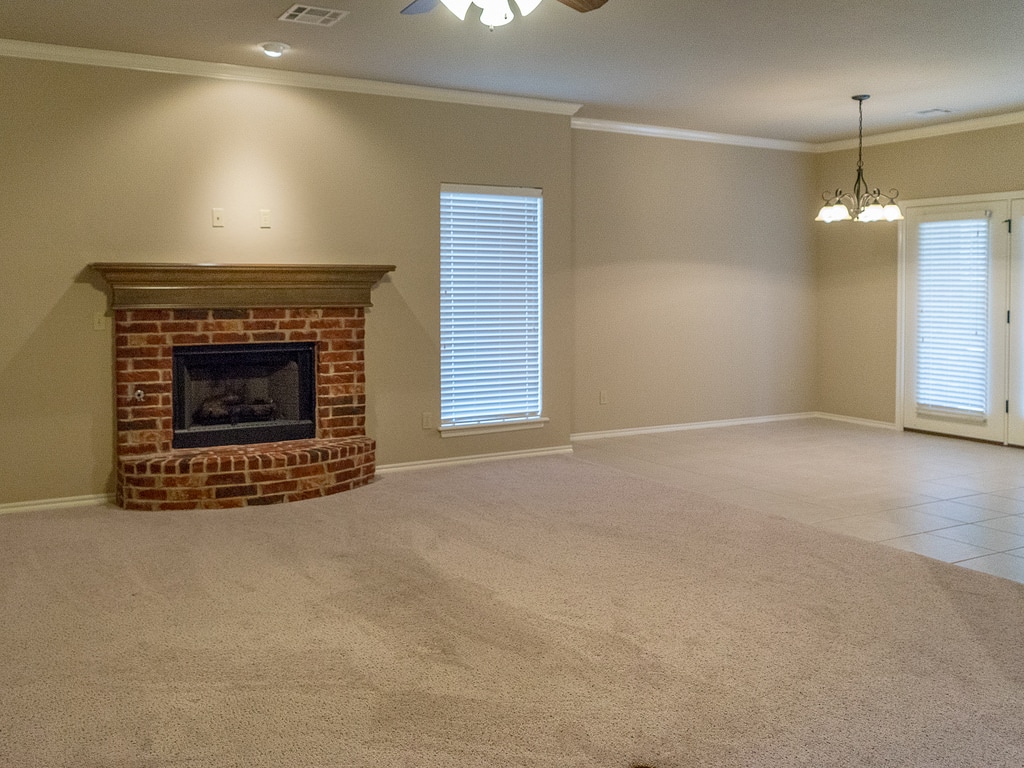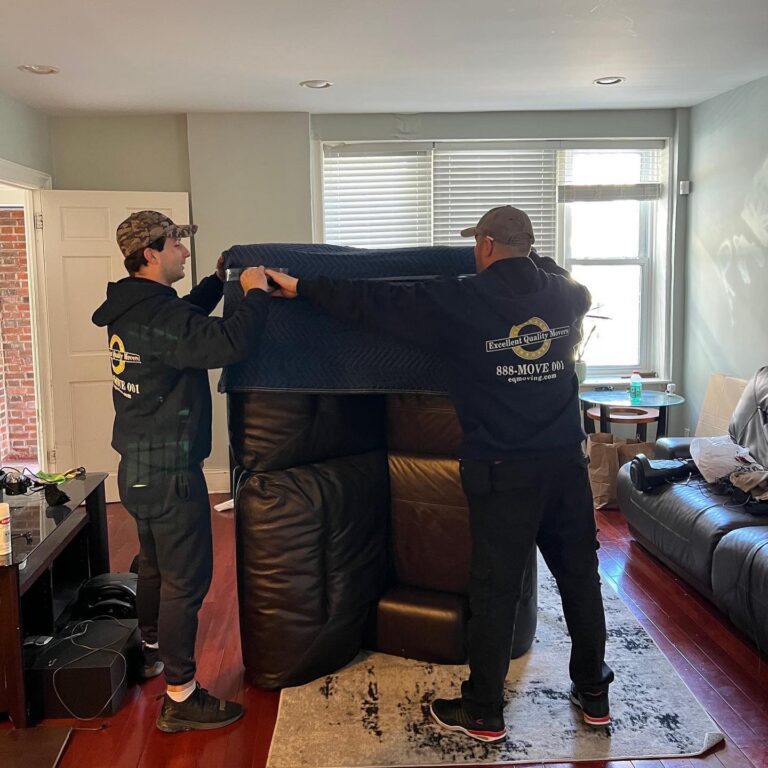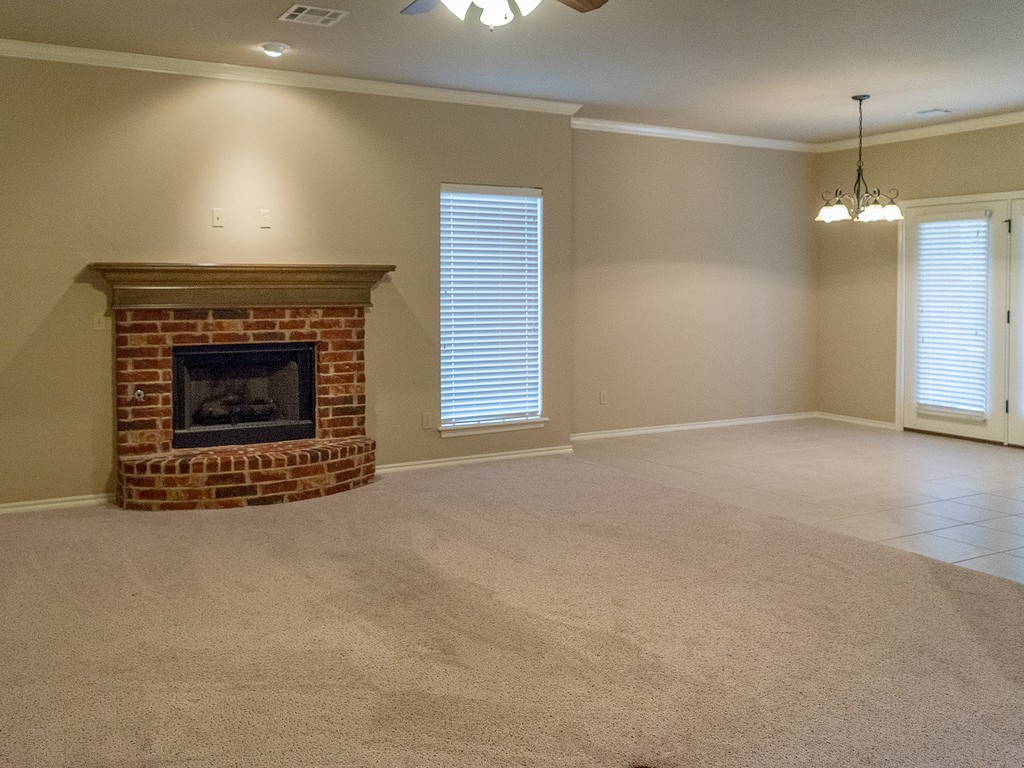Eviction is the process of removing a tenant from an apartment or house. Most evictions are triggered by non-payment of rent. Remember that a landlord can’t just bring an eviction action against you. Before he can file an eviction, a three-day notice must be mailed or posted to your door. A three-day notice, also known as notice to vacate, demands that you pay the rent you owe or leave the property. You can find a sample demand for rent online.

If you fail to pay the rent on time, the landlord can take steps towards eviction. As a rule, the rent should be paid on the first day of the month, no matter if it’s a weekend or holiday. If the tenant does not pay the rent on the due day, the landlord can start the process of eviction the very next day. That’s why it is so important to always pay rent on time. Sometimes, the landlord and the tenant can define a grace period, during which the tenant can pay the rent after the due date. But all such terms should be in writing. If you have the money to pay off your debts, make sure you get a receipt as proof of your payment.
There are general rules to evict a tenant:
- The landlord has to know the law of the state he or she lives in.
- There should be a valid reason for eviction.
- The tenant’s wrongdoings should be documented.
- Court order of eviction.
- An eviction notice should be posted.
A regular eviction process looks the following way:
When the tenant doesn’t pay rent on time, the landlord sends the tenant a demand for rent also called a three-day notice. The demand for rent gives the tenant three days to either pay the debt or move out. Remember that the three-day period includes only business days.
A three-day notice should be in writing, and should include the following information:
- the date when the notice was served on the tenant
- the tenant’s name and address
- grounds for the notice
- total amount to be paid
- a statement saying that in case the tenant fails to pay the money or move out of the property, the landlord will proceed with the eviction process
- the details on how the notice was served on the tenant. There are two options of giving a three-day notice to the tenant. It can be given personally by the landlord or his agent. If the tenant has not been found in the apartment, they can leave a copy of the demand in an easy-to-see place.
In case you do not leave the premises and do not pay the rent you owe, the landlord can file an eviction, also called a complaint for eviction. That’s when the court case begins. Attached to the complaint for eviction, is the Summons. The Summons gives you instructions on how to respond to the complaint and where you need to file your response. The landlord is required to provide you with the summons and complaint. You will have 5 business days after receiving the documents to file a respond with the court.

Before filing your answer, you should carefully read the lease agreement, especially the part about eviction that might be called “Default”. Maybe you have 15, and not 3 days before the landlord can evict you. In this case, if your landlord has sent you a three-day notice, you could use this as a defense in your answer. Make sure to mention all the defenses you have.
At the hearing, the judge listens to both the tenant and the landlord. If the plaintiff wins, the court issues a warrant of non-payment giving the authority to remove the tenant from the property. As a rule, the tenant is given 72-hour (three-day) notice to free the rental unit. If the tenant fails to leave the property, he or she will be removed by force.
It is important to keep in mind that the only legal way for a landlord to remove a tenant from the rental unit is by winning the case in court. It would be a violation for a landlord to evict a tenant by changing the locks, taking the tenant’s furniture from the property, or turning off the electricity or water. If anything like this happens to you, don’t hesitate to call the police. You can find more information about eviction at the New York court system.








